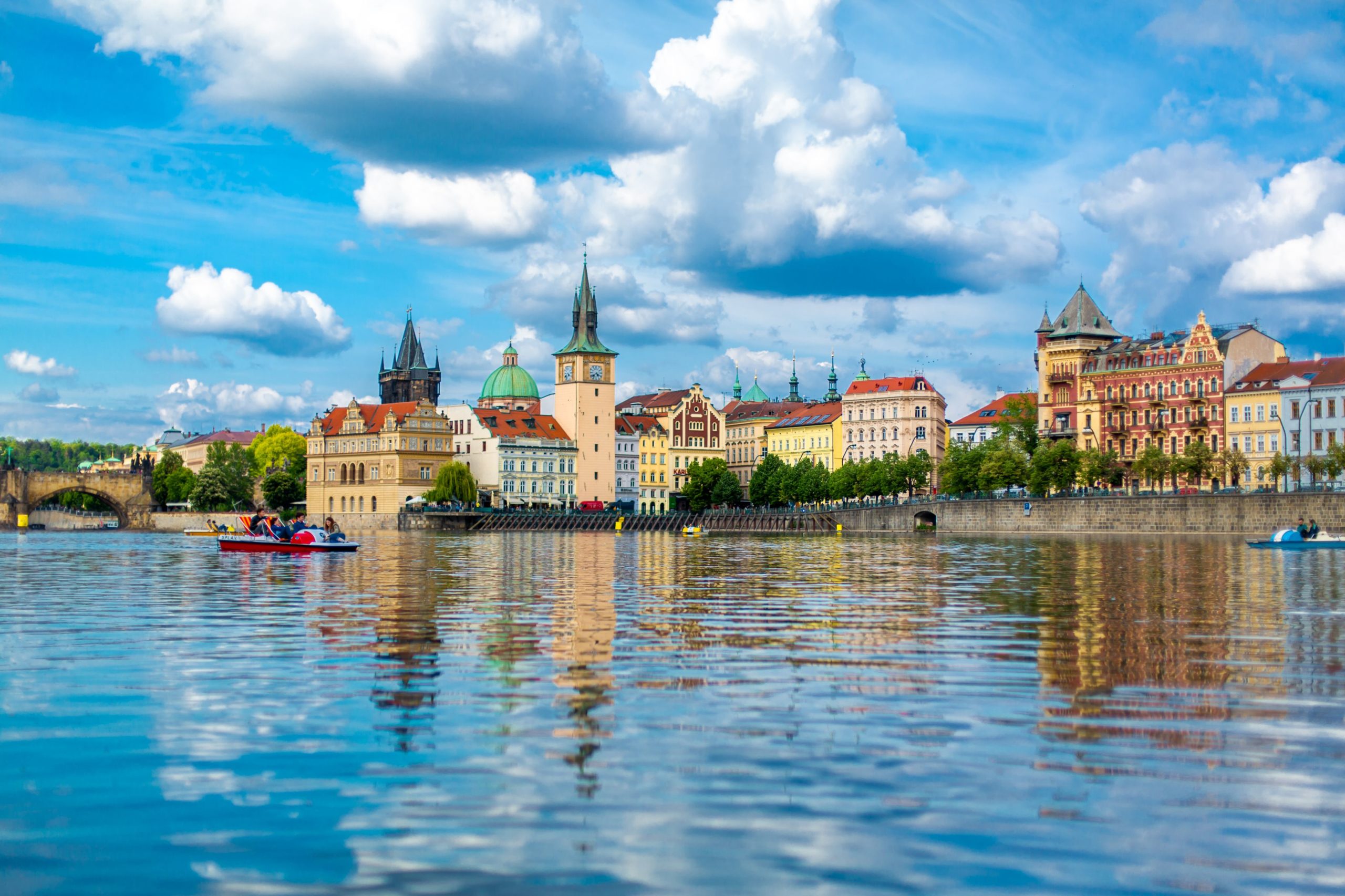- Featured real estate agent: We don't have one. Suggest one.
- Featured hotel: We don't have one. Suggest one.
- Featured immigration attorney: Eliska Valickova
- Featured tour guide: We don't have one. Suggest one.
From dinosaurs to explorers to wars, here's what four local experts had to say about the history of Prague.
